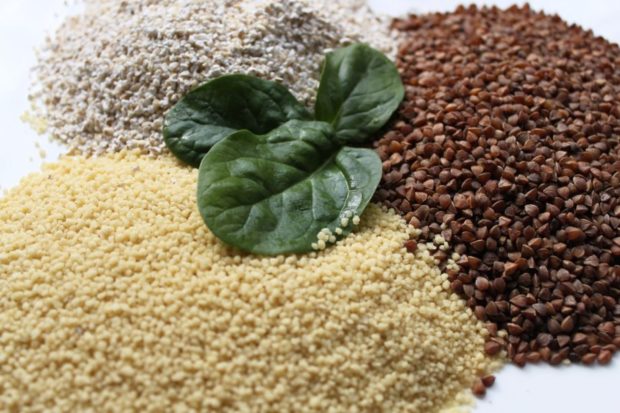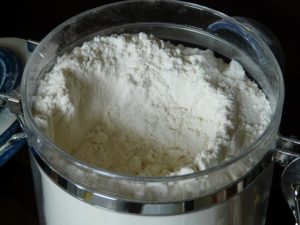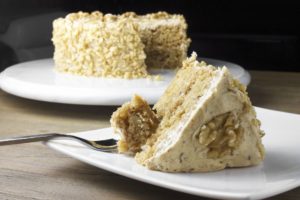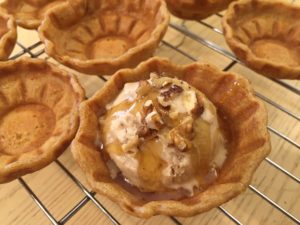How To Make Your Own Tapioca Flour

Tapioca is a part of many gluten-free flour mixtures. It adds a chewiness
and sweetness that’s sometimes lacking in gluten-free baked goods, and also
promotes browning.
Tapioca is made from dried cassava roots, a starchy staple that plays a potato-like
role in the cuisines of tropical countries. It’s most commonly formed into small “pearls,”
which absorb liquid and enlarge into gelatinous balls. In other words, those common,
inexpensive tapioca pearls in your cupboard are exactly the same as the tapioca flour
you buy at the health-food store. To use them as flour, all you need to do is grind them
down to powder.

A spice grinder, blender or food processor is all you need to make your own tapioca
flour. Spice grinders have a relatively small capacity, and most will only turn out a few
tablespoons of flour at a time. Depending on your specific model, a blender might manage
to pulverize 1/4 cup to 3/4 cup of tapioca at a time. A full-sized food processor can usually
cope with two or more cups of tapioca at once.
until they turn to fine powder. In a food processor or blender, you might opt to pulse
the tapioca several times until it’s partially powdered, then process continuously for
several more seconds.Pour the ground tapioca through a sifter or fine-mesh strainer to remove
any large particles. Regrind the large particles until all you have is powder.
In fruit pies tapioca flour shines. It leaves the fillings as glossy and beautiful as
cornstarch does, but — unlike cornstarch — it isn’t affected by freezing and thawing,
and the fruit’s natural acidity won’t weaken its thickening effect. Its stringy texture
is much less noticeable in a cold slice of pie, and it’s further masked by the textures
of the crust and fruit.
It can give a heated sauce or gravy an oddly stringy character, which many diners
find off-putting. That’s one reason why it’s made into pearls, which don’t have the
same texture.






You must be logged in to post a comment.